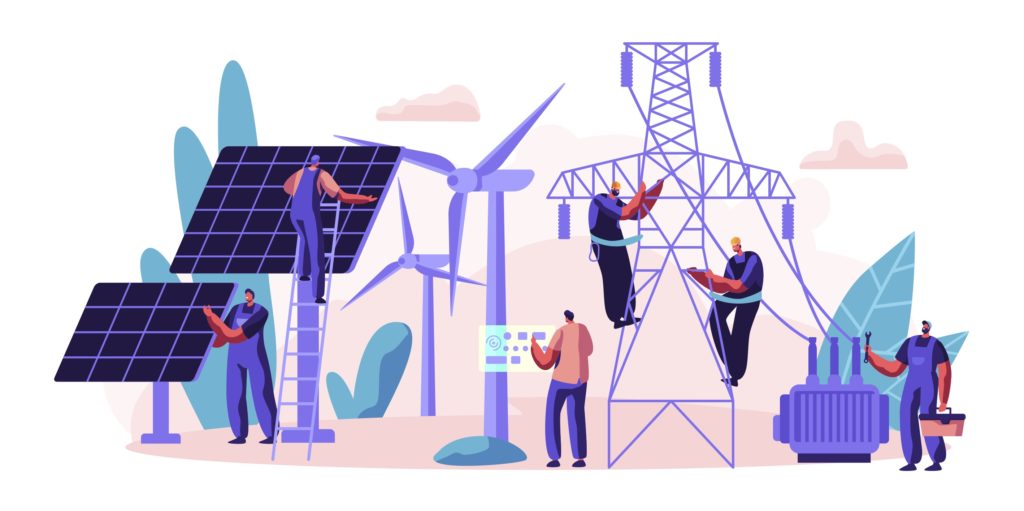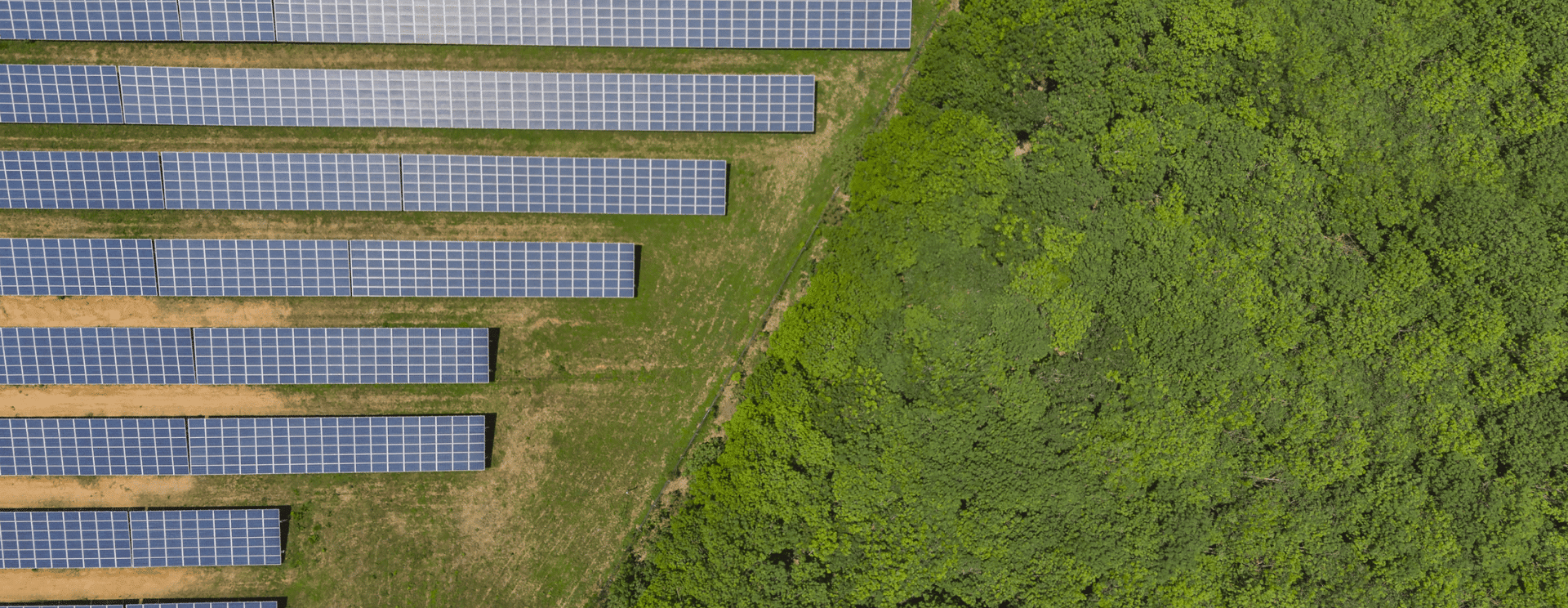Ways to Find Cost-Saving Efficiencies in Utility Scale Solar

The solar market in the U.S has been growing rapidly with a predicted installation capacity of 107 GWdc in the next 5 years. Within this industry, utility scale solar continues to take up the largest share of annual installations. In Q1 2018 for example, utility photovoltaic installations accounted for 57% of the installed capacity. With this growth, comes an opportunity for suppliers and manufacturers that cater to EPCs and electrical contractors.
Solar installation prices can be expensive. Installation prices take into account both hard and soft costs. Here’s a quick overview of how these costs impact utility scale solar installations and innovative solutions to cut down on the overall installation cost.
Hard costs
These account for the hardware components of the solar installation. They range from solar panels as well as the balance of systems (BOS) components such as the solar mounting racks, PV string wire, fused cable harnesses, batteries, inverters, and combiner boxes. While these components are not cheap, their costs plummeted in Q1 2018 owing to weakened global demand and response to buyer pressures.
According to a cost breakdown of solar panels, the panels account for about 25-30% of the total system panel cost, not including the solar inverters, solar mounting, and BOS components. Here’s a pie graph showing the breakdown of hard costs.
Controlling for hardware costs can be challenging as there are many factors. For example, at the end of 2020, solar panel prices increased because of a shortage of glass and ethylene-vinyl acetate laminate.
There are also existing tariffs that continue to restrict the growth of solar in the United States. One restrictive tariff is Section 201 of the Trade Act of 1974. This tariff was meant to boost U.S manufacturing by locking out unfair competition from foreign countries. However, 98% of solar panels and their components are manufactured outside the United States. Therefore, this tariff and others not highlighted here have only slowed down the flow of lower-cost products from foreign countries leading to higher solar installation costs.
Soft Costs
Soft costs in solar installations refer to the non-hardware costs associated with the installations. Some of these include labor costs, payment for permits, and other overhead expenses associated with the system.
According to a breakdown of soft costs, they account for 64% of a new solar farm system’s cost making them vital in determining the cost of the entire system.
A large share of soft costs stems from labor which makes up about 11% of the total soft costs. Since labor costs tend to remain constant, they do not adjust quickly to market conditions.
Finding cost-saving efficiencies.
To make solar energy cost-competitive with other traditional forms of electricity, prices will need to continue to decrease.
Soft cost optimization will determine just how much costs can be reduced on a dollar-per-installed-watt basis and can yield more cost-per-watt benefits.
One innovative way to optimize the soft costs would be adopting solutions that reduce the 11% labor cost associated with installation expenses. Having a skilled workforce ensures a reduced labor gap in the industry. Educating the workforce and equipping them with the right training not only reduces this gap but also improves solar sales transactions, speeds up installations, and lowers expenses throughout the value chain.
Another way would be to implement cost-saving solutions such as using pre-planned, pre-cut, pre-labeled bundled cable in installations which can save up to 80% in the time it takes to pull the PV wire. For every 1MW of solar project installation, this equates to 3-5 people completing the string wire installation in one day vs. one week. Utility-scale solar components are expensive.Therefore incorporating components that are cost-savers ensures higher gross profit margins for EPCs.
Pre-bundled wire speeds up installations by cutting down on labor time and costs. By reducing time spent on pulling wire, electrical contractors can expedite the time it takes to complete a job and then move on to other projects more quickly.
While hard costs, such as solar panels as well as balance of systems (BOS) components, have been declining in recent years, soft costs have remained steady. Therefore, implementing cost-saving solutions will help lower the overall costs of utility scale solar installation projects.
Check out our time and motion study to learn how implementing bundled cable in industrial solar installations saves on labor costs.


